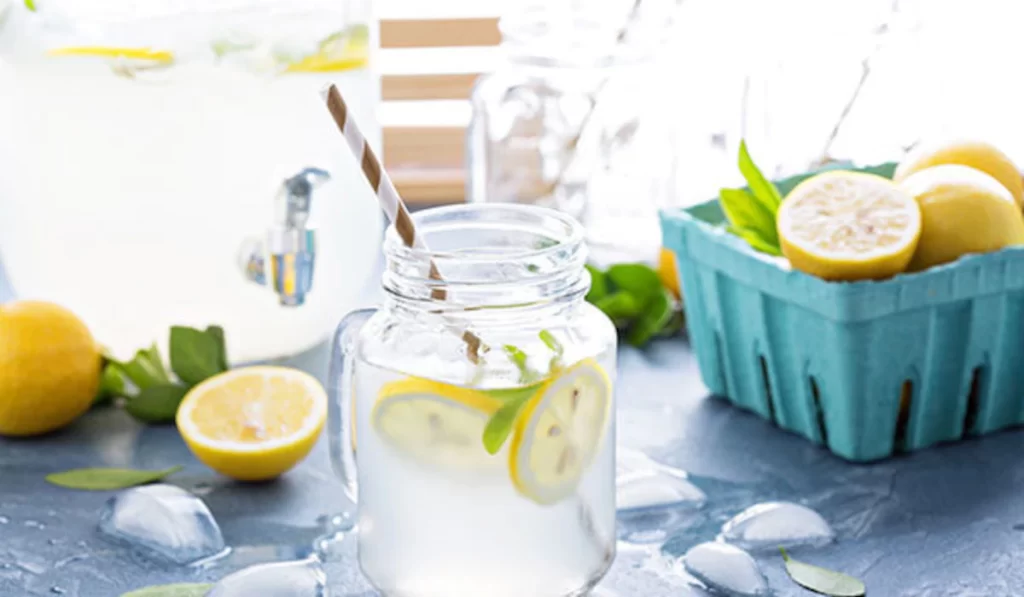People have cherished drinking wine over the ages due to its liberating taste and the unique process that is used in making it. Considering the challenges that climate change is causing, winemakers have embraced sustainable practices to produce wine that not only entices the palate but also preserves our planet. If you want to delve into its details, this article is for you. It delves into the world of sustainable winemaking, uncovering the eco-friendly practices that are transforming the wine industry.
Organic and Biodynamic Farming
The heart of sustainable winemaking beats in the vineyard, where the foundation for eco-friendly practices is laid. Organic farming, a cornerstone of sustainability, involves abstaining from synthetic fertilizers and pesticides. Instead, it emphasizes natural alternatives like composting and covering crops to feed the soil. Organic vineyards preserve the ecosystem by eschewing harmful chemicals, promoting biodiversity, and producing healthier grapes. Taking sustainability even further, some wineries adopt biodynamic farming techniques. This holistic approach integrates lunar cycles and cosmic rhythms into farming practices. It involves not only organic farming methods but also holistic pest control, composting, and the use of special preparations to enhance soil vitality. Biodynamic farming handles the vineyard like a living organism, making it a sustainable and regenerative practice.
Water Conservation
Sustainable winemakers recognize that they must use water responsibly. To minimize water wastage, they implement several strategies. Drip irrigation systems, for instance, are modeled to provide water to the vines’ roots directly. This conserves water and ensures that the plants receive the moisture they need precisely where it’s needed. Additionally, many wineries invest in technologies for capturing and treating wastewater. This reclaimed water is then used for irrigation or cleaning purposes, reducing the demand for freshwater and contributing to a more sustainable water cycle.
Energy Efficiency
Wineries are known for their energy-intensive operations, but sustainable practices are driving innovations to reduce their environmental footprint. The use of solar power has played a pivotal role here, as many wineries now harness the power of solar panels. These panels generate electricity, reducing the reliance on non-renewable energy sources and lowering the winery’s carbon footprint. It’s a win-win scenario, as solar energy not only favors the environment but also reduces long-term operating costs for wineries. Moreover, energy-efficient lighting is becoming commonplace in wineries. Replacing traditional lighting with LED fixtures not only cuts electricity usage but also helps maintain ideal conditions in wine cellars where precise lighting control is crucial for aging wines.
Sustainable Packaging
Sustainable winemaking extends beyond the production process and into the realm of packaging. One approach is the use of lightweight glass bottles. These bottles require less energy for both production and transportation. This not only lessens the carbon footprint associated with wine packaging but also minimizes the strain on resources. In addition to lightweight bottles, wineries are exploring recyclable and biodegradable packaging materials. By choosing sustainable packaging, winemakers aim to minimize waste and contribute to a circular economy where materials are reused or repurposed rather than ending up in landfills.
Biodiversity and Conservation
Preserving the natural surroundings of vineyards is a fundamental aspect of sustainable winemaking. This includes efforts to maintain and enhance biodiversity in and around vineyard ecosystems. Some wineries allocate land specifically for wildlife habitat to conserve local ecosystems and provide safe havens for various species. This not only fosters a harmonious coexistence between the vineyard and its natural surroundings but also demonstrates a commitment to protecting the environment.
Reduced Chemical Usage
Chemical inputs in winemaking are closely scrutinized by sustainable winemakers. One approach is to use minimal sulfur dioxide (SO2). While SO2 is a commonly used preservative in winemaking, sustainable wineries aim to reduce its usage to the bare minimum necessary for wine preservation. Some winemakers are even exploring alternative methods of preserving wine without resorting to excessive chemical additives. Furthermore, sustainable wineries often rely on natural yeasts for fermentation.
Winemakers can reduce their reliance on commercial additives by allowing indigenous yeasts to ferment the grapes. This not only aligns with eco-friendly principles but also contributes to the unique flavors and characteristics of the wine, reflecting the terroir of the vineyard. While winemakers meticulously scrutinize chemical inputs to minimize their use in sustainable winemaking, a sommelier plays a pivotal role in educating consumers about these eco-conscious practices. They can guide customers toward wines produced with minimal chemical additives, emphasizing the commitment of wineries to both quality and environmental responsibility.
Conclusion
In conclusion, sustainable winemaking is a multifaceted endeavor that encompasses various eco-friendly practices. From organic and biodynamic farming techniques in the vineyard to water conservation, energy efficiency, and sustainable packaging, wineries are making strides toward a greener future. By embracing these sustainable practices, winemakers are not only producing exceptional wines but also preserving the planet for future generations to enjoy.

